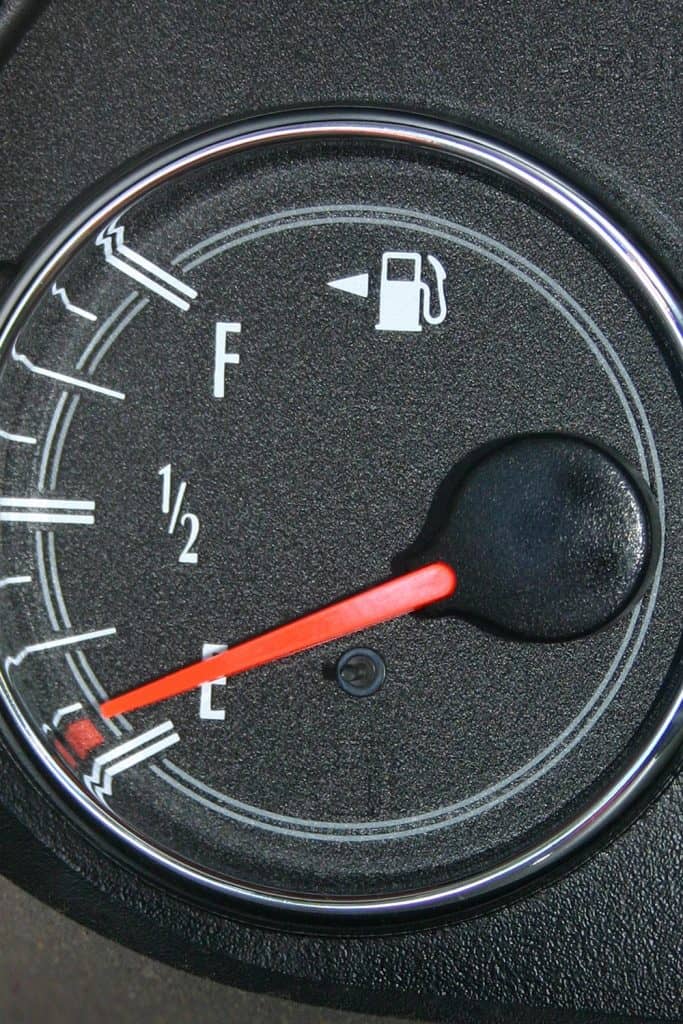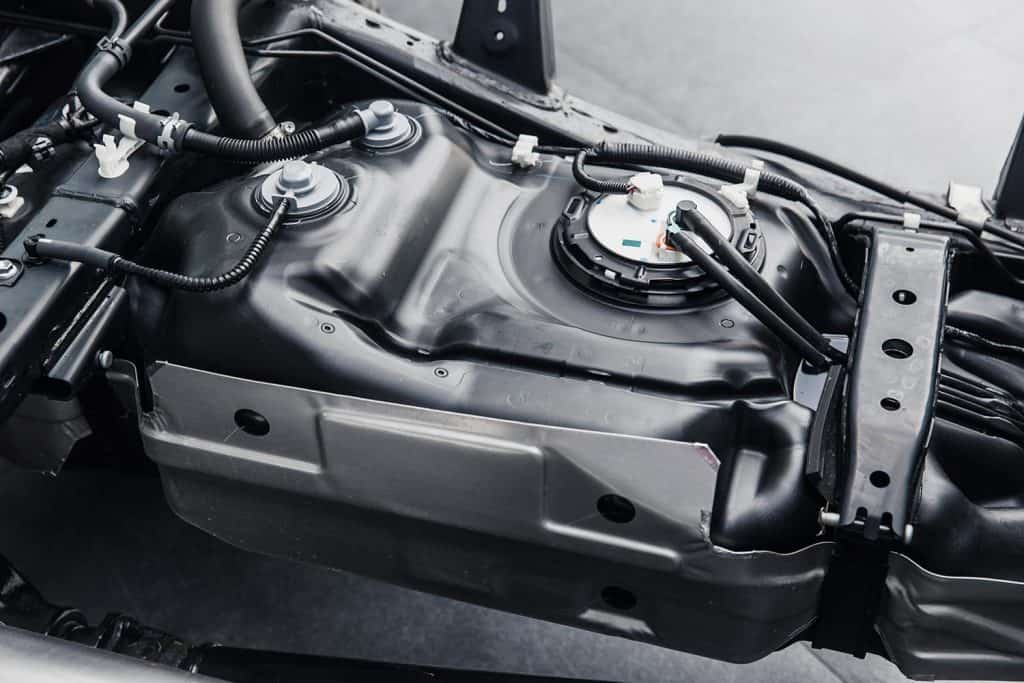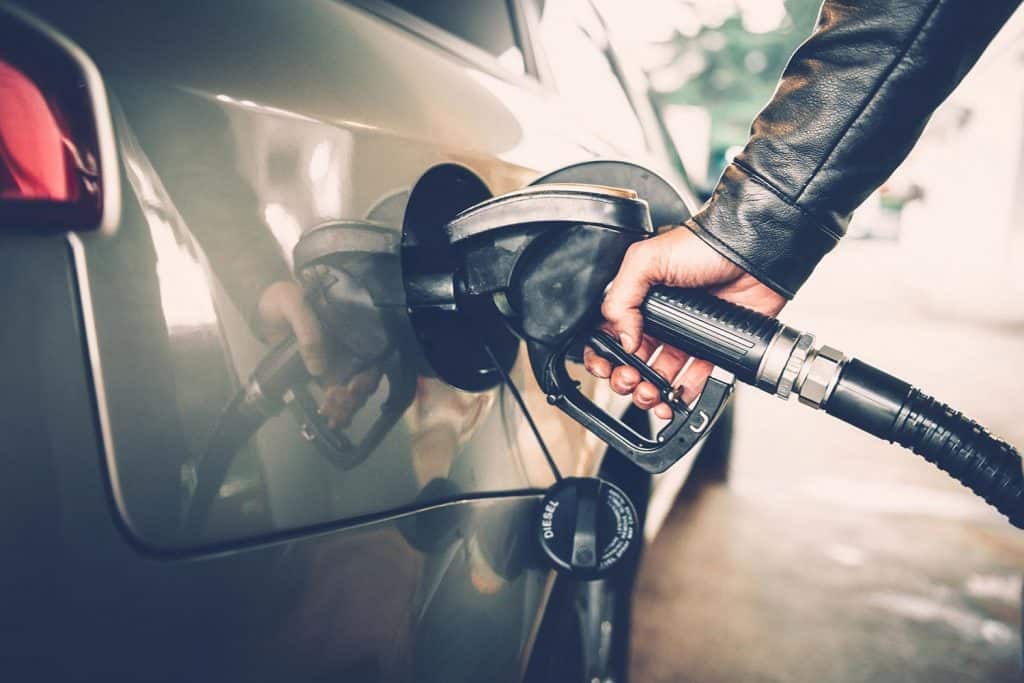If you find yourself in a situation where you need to drain the fuel from your vehicle, you are probably wondering how this can be done safely. Whether it's from putting the wrong type of fuel in or simply needing to replace the tank and fuel line, getting the job done quickly and safely is important. You might be curious if your vehicle's fuel tank has a plug similar to the oil pan. We did the research to give you a definitive answer.
Most passenger vehicles do not have a drain plug on their fuel tanks. While some consumers have chosen to install aftermarket drain plug kits on their vehicles, they can be a lot more trouble than they are worth.
Now that we know that most passenger vehicles do not come with drain plugs on their fuel tanks, we'll take a look at why. You might also be wondering what the easiest way to drain gas from a gas tank is, or how much it can cost to have this done for you. How do you clean out a gas tank without removing the gas? What happens if you accidentally put diesel in your car? For the answers to these questions and more, keep reading.

Why don't most model vehicles have a fuel tank drain plug?
With gas being a commodity, it can become quite a valuable necessity for everyday life. Theft of fuel used to be a real thing, as people would have their fuel siphoned out of their tanks in the middle of the night.
Modern fuel tanks have a mechanism that makes siphoning more difficult, as they tend to be built with hose blockers. Of course, there are workarounds for these, as you will usually just need to use a stiff, secondary piece of hose to disengage it.
So, imagine how easy it would be to drain the fuel from someone's tank if all they had to do was remove a plug from the underside of a fuel tank.
Fuel plugs on the tanks also make it easier for fuel to leak out onto the roadway, creating not only fuel economy issues but huge environmental hazards if the plugs suddenly gave way.
What is the easiest way to drain a gas tank?
If you need to drain the fuel from your fuel tank, there are several methods to do so. The easiest way by far is to siphon the fuel out yourself.
Siphoning used to be done by mouth with a length of hose. In spite of what you might read on some forums, this method should never be tried. It will involve you getting a mouthful of gasoline, which creates some very real risks to your health.
Oral siphoning also isn't as effective as using a siphoning pump. Let's examine how to best siphon the fuel from your tank, by following these steps:
- Run the car as close to empty as possible, without it totally running out of gas. The less fuel you have to siphon out, the better off you'll be. This will mean less fuel to dispose of when you are finished. There is one exception to this step you should be aware of, however. If you have placed the wrong type of fuel in your tank, do not run the engine at all. Drain out the entirety of the tank via siphoning. It will take a lot longer, but running the engine with the wrong type of fuel will damage it.
- Have your fuel pump and a six-foot length of hose handy. Feed this hose into your gas tank until there are about two feet left outside the tank. Place that end of the hose into the gas can or other approved receptacle that will catch the draining fuel.
- Pump the fuel out with the hand pump.
- Remove the tube when the tank is empty, and refill it with the proper fuel.
- Dispose of the used gasoline in an approved fashion.
Click here to see this siphon kit on Amazon.

How much does it cost to have your gas tank drained?
To do complete this task yourself, your only cost out of pocket would be the siphon pump, hose, and receptacle. This together should cost no more than $75.
If you don't want to do this yourself, then you have the option of having the dealership or a mechanic do it for you.
They will be able to do it more quickly while also removing fuel that might have already flowed through the fuel line and to the engine. This will come at a cost, of course.
On average, having a professional do this for you will cost between $200 and $800 depending on the model vehicle you have, how much fuel you need removed from it, and if you need to have it towed in.
There is also an added cost for getting the fuel line flushed out, if necessary.

How do I clean out my gas tank without removing it?
If you have an older model vehicle that might have some sludge or other deposits in the bottom of the tank, you don't necessarily need to drain the tank.
There are plenty of fuel additives that can be purchased that will clean your tank and fuel line as well as remove any moisture that might have accumulated.
When purchasing the right additive for your vehicle, you'll need to take several things into consideration.
Are you needing to clean a tank that's used for standard gasoline, or diesel? Are you wanting to clean just the fuel injectors, or are you needing to clean the tank and lines? Finally, how much additive will you need for the vehicle you have?
Doing your research on the brands can be a bit overwhelming. But it's worth it to get the correct one.
What should I do if I accidentally put diesel in my car?
Making this mistake is more common than you might think. It can be confusing at more modern gas pumps, especially with diesel, ethanol, and standard gasoline being at the same pumps.
Just know that if you do accidentally fill your tank with diesel, that you need to take immediate action.
Diesel fuel is a thicker liquid than gasoline. It is also not as combustible. This type of fuel will contaminate your gasoline engine and cause some pretty extensive damage.
If this happens, don't start your vehicle. Get it towed to a dealership or a mechanic immediately. They will be able to siphon out the diesel fuel safely and do a thorough flush of your fuel line (if necessary).
This will cost up to $500 unless you need to get the fuel removed from the engine. In that case, the price tag for the repair can be upwards of $2,000.
JD Power gives a detailed list of differences between gasoline and diesel as well as what damage each fuel type will do to the engines that they don't belong in.

In closing
While there are some model vehicles that are equipped with fuel tank drain plugs, most do not have this feature. But you will be able to safely drain the fuel from your vehicle's fuel tank by using a hose and siphon pump.
Take the necessary precautions when removing fuel from any vehicle, and be sure to properly dispose of the fuel. And if you aren't comfortable doing this on your own, it is worth it to pay a professional to complete it for you.
If you found this post on automotive fuel tanks to be informative, be sure to check out these others:
What Are Fuel Tanks Made Of? [Everything You Need To Know!]

